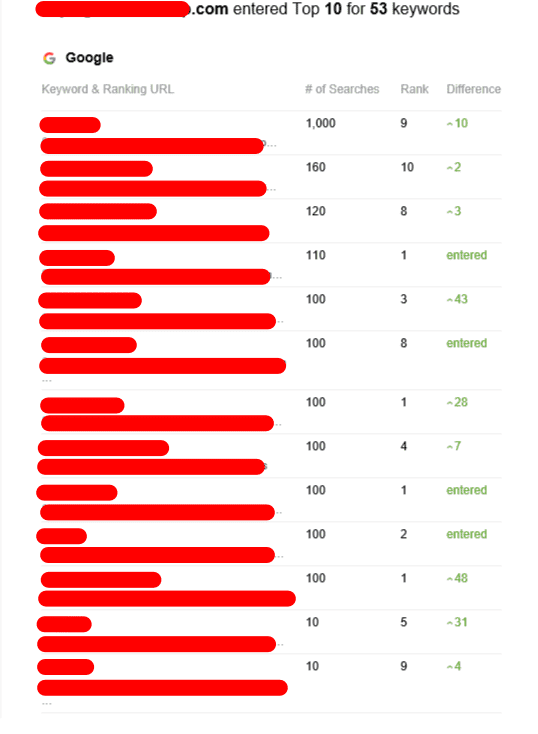Tiered Link Building - How to Avoid a Google Penalty
If done correctly, tier-based link building can be an effective SEO strategy. If done improperly it could result in penalties. Select a company that has excellent customer service to avoid this.
Tiered link building requires lots of effort and can be risky. Google's algorithm is getting more sophisticated and if you create links in bulk it could look suspicious.
Link building strategy
Link building in stages is efficient in improving your website's rank on search engines. However it's not without risk. If tier 3 backlinks employ tiered link building to obtain low-quality backlinks, it can result in being penalized by Google. Google's crawlers can recognize and penalize fake-looking backlink profiles.
When you employ tiered link building to create links to specific pages on your site it creates an inverse pyramid of hyperlinks. The bottom of the pyramid consists of a variety of lower-tier websites that are directed their traffic to the top. These webpages in the second and third levels are typically blogs, forums, wikis and other websites that are user-generated content. These pages should have relevant content that gives some context to the page you are trying to rank.
This strategy has the benefit of strengthening the backlink profile for the page that is being linked to, by redirecting the link juice towards it. It also improves the domain authority and SEO performance of the base page. This method can be time-consuming to implement and maintain, despite its advantages, particularly if you're creating multiple levels of links. It is also crucial to record your tiered link building strategy so that you are aware of the quality and quantity of each link tier.

Time-consuming
Tiered link building is a nitty-gritty strategy that takes time to implement and maintain. This is particularly true as the number of tiers within your link pyramid increases. It is also crucial to document your tiered approach to build links so that you can track progress over time. This will help you ensure that you're following SEO guidelines and avoiding penalties from Google.
First-tier links are usually dofollow links purchased from relevant donor websites. These backlinks then channel their PageRank value to a second-tier network of linked pages, and eventually to the site being promoted. This process, which is also known as link pyramids is an excellent way to build high quality backlinks. It's important to remember that the links in the first tier should be carefully selected and of good quality.
It is costly to implement a tiered linking strategy, because it requires time and money. It is also important to be aware that if you use too many low-quality links or build too many secondary-tier backlinks, Google may penalize you. This is why it's recommended to work with a professional agency that can build links for you quickly. Be wary of automated tools for building links as they can lead to spammy backlinks and lead to you to be flagged by Google.
Cost-effective
Link construction on a tier can be cost-effective if used in conjunction with SEO strategies like social media marketing and on-page optimization. It can also help increase the impact of quality links, which are expensive and time-consuming. Tiered link building also permits you to maintain control over the types of links you acquire and the speed of how they are acquired.
The first stage of a tiered link-building strategy includes backlinks from other websites. These links are usually created through guest blog opportunities, press announcements or corporate social profiles. reviews, directories, and directories. These links must be of the highest quality with a emphasis on relevance and naturalness. The second stage of the tiered link building strategy is based on linkbacks from web 2.0 sites that have significant traffic and domain authority. These links are generally more cost-effective than those in the first tier. However, they may not have as much link juice as those from the top the tier.
Tiered link building is a costly endeavor, especially for those who don't have the technical expertise. It's time-consuming and involves creating an array of links that connect to the most popular website, that has a higher rank. Google may penalize you if your website does not follow the best practices of tiered link building. The penalties are typically manual and may impact your entire website or individual pages on your website.
Unreliable
A well-crafted link is vital for SEO. But you must be savvy about how you go about it. The methods used by black hat link building are dangerous and could backfire when you employ them. The best way to get links is by earning them naturally. You can do this by offering benefits to others, creating situations that incentivize other websites to link to your site, and working openly with other sites on the internet.
One of my favorite ways to acquire tier 2 links is through content curation. You can find a lot of links by creating lists of top resources within your field. Most editors are happy to include a link to the source. A roundup article is another good way to get links. This can be a list of tips or even a ranking score. These are usually highly ranked in search engines and can be used to build links that are tier-2.
Guest posting is another method to build links in Tier 2. This requires a lot of research, but is a great way to earn money. Make sure that you find the appropriate publications for your audience, and avoid overdoing it. Some publishers may not like you if you do this often, while others could make your site more penalized for it.
